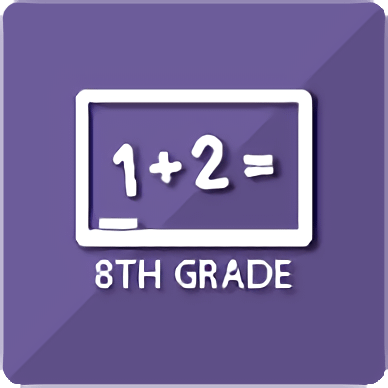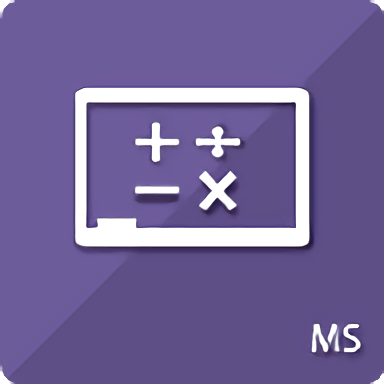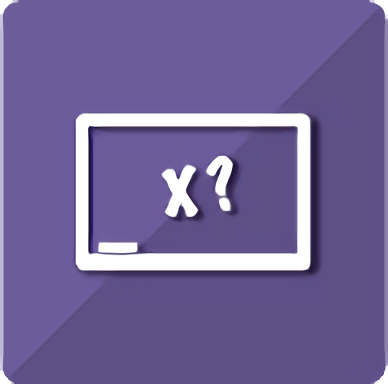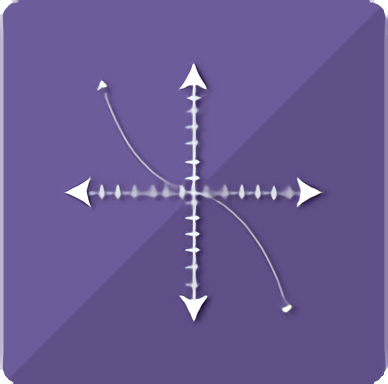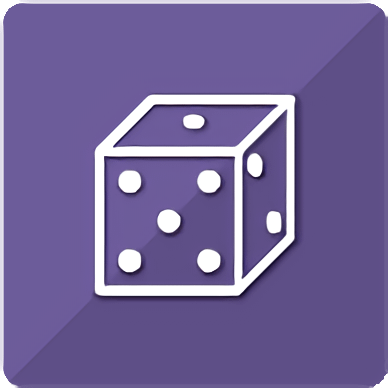Mathematics 8th Grade (2nd semester)
$250.00Course Description
Mathematics 8th Grade helps students to see the power of mathematics in everyday life. The course begins with a review of percentages and proportions, applying these concepts to conversion factors and emphasizing English and metric measurements. Work with linear equations includes computing rates of change, finding intercepts, graphing linear functions, and describing the action of a line. Number patterns and sequences foster a study of arithmetic and geometric means as students learn to find missing terms in sequences. An investigation of the Cartesian plane teaches students how to work with scale drawings, dilations, and graphs. Students learn about the properties of triangles, the Pythagorean Theorem, and the properties of parallel lines cut by a transversal. With pie charts, bar graphs, histograms, scatter plots, and other linear models, students explore probability and make predictions and correlations. Students apply the concepts of independent and dependent events, odds, combinations, permutations, and factorials to situations ranging from playing cards to determining the number of different outfits they have in their closets.
Course Breakdown
Sequences
Slope
Graphs of lines
Systems of linear equations
Linear inequalities
Angles formed by a transversal
Triangles
Distance between two points Similar figures
Congruent triangles
Data displays
Statistics
Probability
Counting techniques
Course Goals
Identify missing terms in sequences.
Determine the slope of a line, given a graph or a pair of points.
Construct and solve systems of equations using a variety of solution methods.
Identify the types and measures of angles in a given image. Perform transformations on figures.
Identify the postulate which proves a pair of triangles congruent.
Construct various types of statistical graphs to model sets of data.
Determine the probabilities of multiple events.


